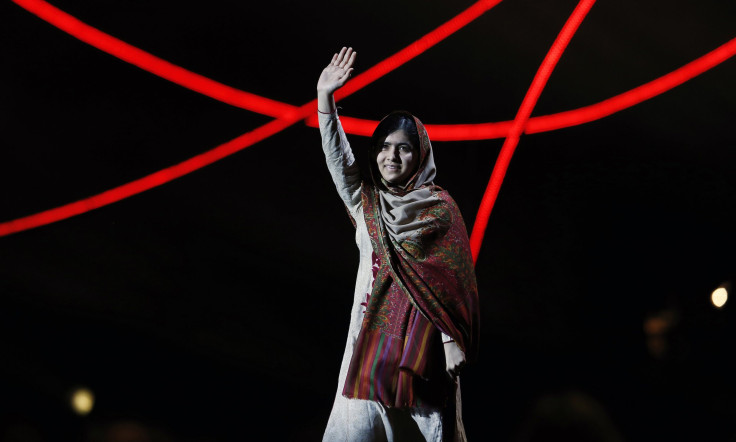Malala Yousafzai Asteroid Named By NASA Researcher

A young woman who became a beacon of hope to the world is now the namesake of an object circling the solar system. Malala Yousafzai, the Nobel Peace Prize-winning Pakistani activist who overcame Taliban threats and violence and continued going to school has had an asteroid named after her. Amy Mainzer -- the astronomer at NASA’s Jet Propulsion Laboratory in La Canada Flintridge, California, who discovered the asteroid -- took the opportunity to name it after Yousafzai partly to correct an imbalance that both she and her fellow researcher, Carrie Nugent, had noticed.
“Although many asteroids have been named, very few have been named to honor the contributions of women (and particularly women of color),” Mainzer wrote in a Malala Fund Blog post. “It is a great honor to name an asteroid after Malala.” In the scientific community, the convention is that researchers who discover new entities are allowed to name them.
With its full name of 316201 Malala (2010 ML48), the asteroid is located in the main belt between Mars and Jupiter. Malala orbits the Sun every 5 1/2 years along with the billions of asteroids that make up the asteroid belt circling our solar system.
Before Yousafzai was awarded the Nobel prize last year, her story of courage and defiance had become an international phenomenon. In 2013, the Harvard Foundation declared her its humanitarian of the year, and Time magazine named one of the world’s most influential people for the same year. Since being honored with the Nobel prize last year, Yousafzai has been recognized by a number of different other organizations. And she has remained outspoken, recently criticizing world leaders for their inaction after Boko Haram kidnapped girls in Nigeria.
According to Mainzer, “Carrie [Nugent] and I read about Malala’s amazing story and thought that if anyone deserves to have an asteroid named after them, she does!”
© Copyright IBTimes 2024. All rights reserved.











